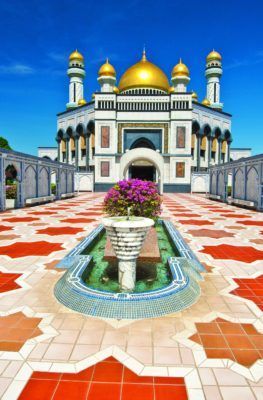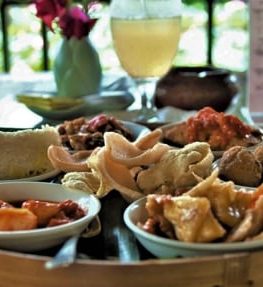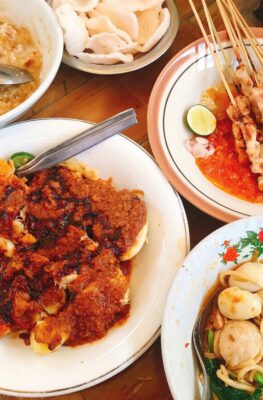Published on May 27, 2010
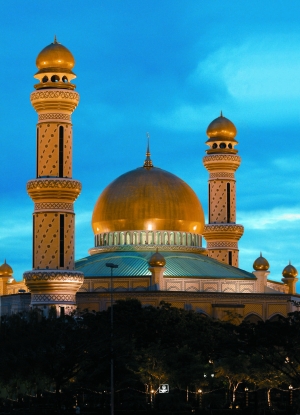
Travelers to Southeast Asia might be surprised to hear that Islam is the largest religion in this part of the world, far ahead of Buddhism or Christian faith. Southeast Asia is home to some 240 million Muslims (40% of total population) with the majority of the populations in Brunei, Indonesia and Malaysia practicing Islam. Large Muslim minorities also live in Singapore as well as in Thailand (primarily the Southern provinces) and the Philippines (Mindanao). Even In Cambodia and Vietnam, the largely Muslim Cham community represents about 2% of the total population in each country.
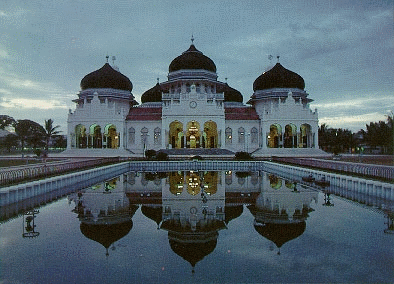
Islam was first introduced to Southeast Asia in the VII° or VIII° centuries by Arab traders. However, it only spread from the XII° century, reaching first the shores of Sumatra before spreading to the rest of Southeast Asia. The long presence of Islam in the region deeply colors and influences not only daily customs but also the arts and architecture.
Banda Aceh's Grand Mosque
Today, mosques throughout the region are elaborate symbols of the Islam faith and have grown both in height and width from the late XIX° century and into the XX+ century(s). Previoiusly, mosques actually reflected the diversity of the culture in the region. Some of Southeast Asia’s oldest mosques are located along the Malay Peninsula, stretching from Southern Thailand down to Terengganu.
The area was historically dominated by the mighty Sultanate of Pattani, once considered the cradle of Malay culture. Although Pattani has long lost its influence, the mosques still remind of its glorious history. Kru Se Mosque was built nearly 500 years ago and shows signs of early Middle East architecture, with the use of brick and mortar and its oval arcades. Going down to the Malaysian border, Narathiwat’s Telok Manoh Mosque showcases one of the most striking architecture of the area; the 300-year old, small village, mosque blends perfectly Thai, Malay and Chinese styles. Its wooden structure was constructed without using a single nail.
Crossing the border, Kampung Laut Mosque near Kota Bharu is purportedly the oldest of Kelantan State and one of the oldest in the region. Its high triangle roof evocates previous Hindu believes in the old Javanese culture. The mosque has a striking architectural similarity with Demak Mosque in Central Java, considered Indonesia’s oldest mosque (1401). Demak Sultanate is in fact the oldest Muslim Kingdom in Southeast Asia.
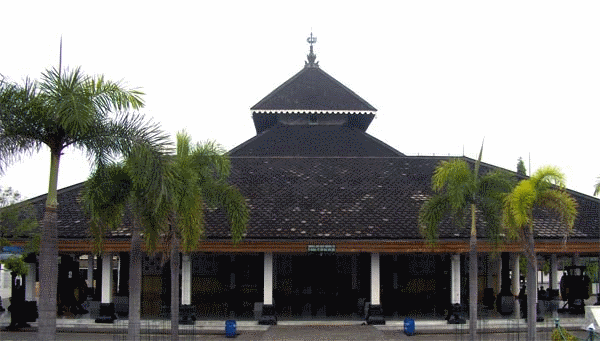
Demak Mosque of Central Java
Penang and Malacca also have their share of historical mosques, again mixing Arabic, Malay, Javanese and Chinese influences. 250-year old Kampung Kling Mosque in Malacca has a minaret shaped like a Chinese pagoda, while Kampung Hulu Mosque is influenced by Javanese architecture. In Penang, the minaret of Acheen Street Mosque (1820s) took its inspiration from Egypt. Chula Mosque, Singapore’s second oldest, is a favourite among tourists with its twin octagonal minarets and its main building looking like a miniature four-storey palace façade.
With colonial empires entering the region, mosque architecture became increasingly majestic with many buildings adopting a European-Indian (or Moorish) style. Bandah Aceh is the first example of Moorish architecture with the Baiturrahman Grand Mosque built between 1879 and 1881 and miraculously spared by the tsunami in 2004.
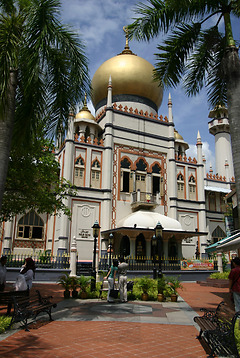
Most other Moorish-style mosques were built between 1900 and 1920. Medan Great Mosque (Mesjid Raya) dates back from 1906, three years before Masjid Jamek, Kuala Lumpur’s oldest surviving mosque. Ubudiah Mosque in Kuala Kangsar (1913-1917) and the Zahir Mosque in Alor Setar (1912-1915) can dispute each other for the title of Malaysia’s most beautiful mosque. Ubudiah Mosque is famed for its huge golden dome set like a crown while Zahir Mosque seems to emerge from a fairy tale book. Last example of Moorish architecture, the Sultan Mosque in Singapore was crowned with a golden dome in 1928.
The XX° century saw attempts to turn back to the old European-Indian style to adopt a more contemporary look. In Bandung (West Java), Cipaganti Mosque is the first attempt from architect CP Wolff Schoemaker to marry Art Deco and Islam. Kuala Lumpur 1965 National Mosque is a peaceful retreat in the midst of Malaysia’s bustling metropolis with a unique minimalist architecture. The mosque has recently been opened to non-Muslims for visiting. In Jakarta, Masjid Istiqlal was conceived in 1961 but only achieved in 1978. The huge geometric structure can welcome up to 120,000 people, the largest of its kind in Asia!
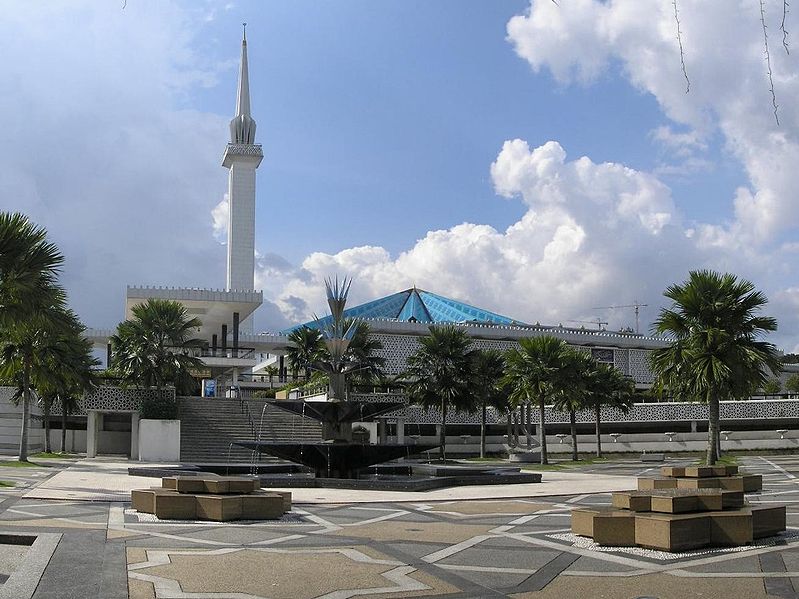
Kuala Lumpur's National Mosquue
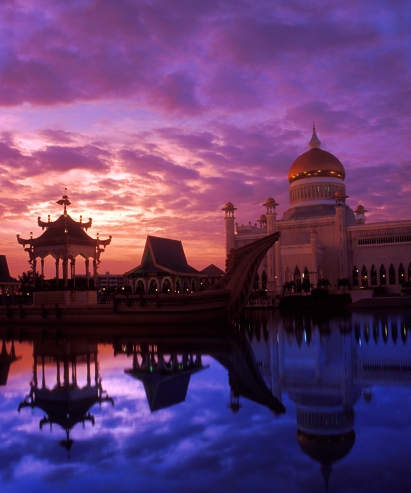
Today, most of the mosques are built in a Middle-East or Iranian style.However, among the most interesting contemporary examples are Tengku Tengah Zaharah Mosque in Kuala Terengganu (Malaysia) which seems to float over its artificial lake; Pattani Central Mosque (Thailand) with its bombed dome inspired by the Taj Mahal; and of course, Brunei’s Omar Ali Saifuddin Mosque. Finished in 1968, its dome is covered by pure golden leaves and shows the way to both worshippers and visitors as a welcoming sign.
Luc Citrinot is a well-known freelance journalist and travel consultant who has worked regularly with PATA, Air Asia, Tourism Authority of Thailand and the Indonesia Ministry of Tourism, among others.



